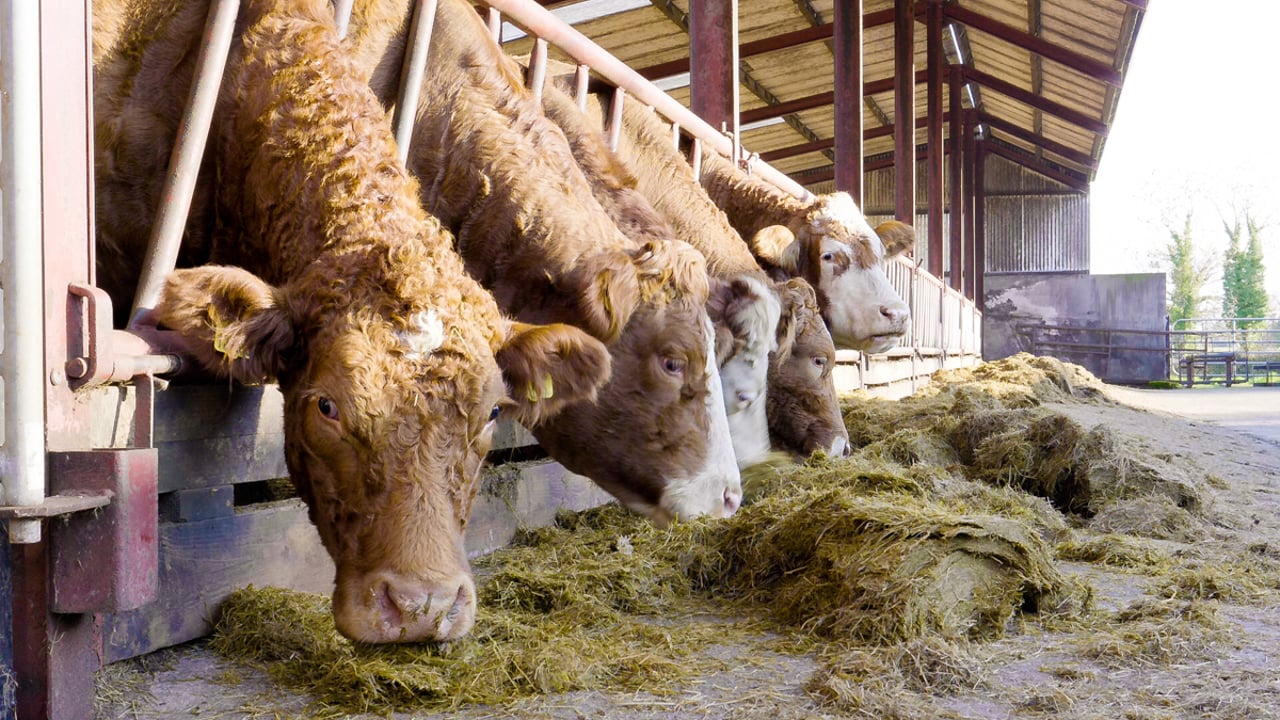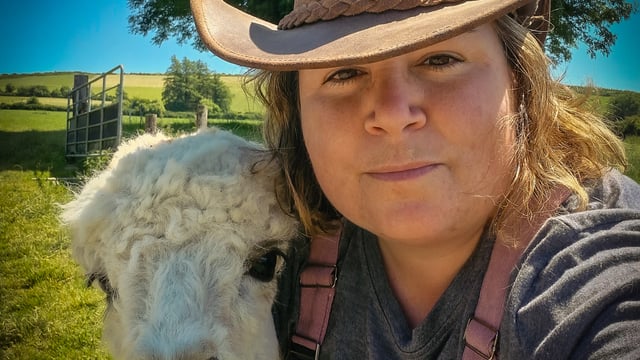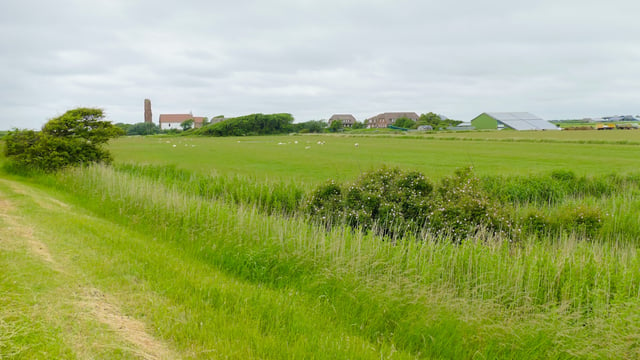Dusting, bolus or lick bucket: Which is best at pre-calving and why?
The best method of getting pre-calving minerals into suckler cows was discussed on a recent Teagasc webinar focused on suckler cow management in advance of calving.
Mineral levels in Irish silage can be extremely variable. Factors such as soil type and fertility as well as sward type and cutting date can impact the level of many major and minor minerals in silage.
It is advisable for farmers to mineral test their silage to determine its mineral and trace element content.
The Teagasc advice for suckler farmers is to feed an effective pre-calving mineral for 4-6 weeks before calving.
Speaking on the Teagasc guide to pre-calving webinar on Tuesday, January 21, Teagasc's Aisling Molloy outlined the key macro minerals, micro minerals and vitamins and the quantities needed in a pre-calving mineral.
She said the key macro minerals include magnesium, calcium, phosphorus and sodium and added "you're going to need 40g/day" of these.
She highlighted that these macro minerals can not be supplied in sufficient amounts through a bolus but said: "The boluses do have a role to play in terms of the micro minerals. These are only in milligrams/kg so the bolus can supply the micro minerals no problem at all."
Molloy said that some of the key micro minerals include copper, cobalt, iodine, manganese selenium and zinc. She also said that a lot of boluses "don't have the vitamins in them" and noted that Vitamin A, D3 and E are key for pre-calving.
The Teagasc advisor said: "Looking at a spec for a bagged mineral, you want magnesium at 17-20% or over and calcium less than 2%."
Teagasc's David Kenny explained why the low level of calcium supplementation is required pre-calving.
He said: "Dairy animals with significant milk potential could be at risk of low blood calcium at calving. What we want to do is trick the animal into making sure that the bones can release calcium efficiently at the onset of lactation and one of the ways of doing that is to reduce calcium usage in the last 3-4 weeks before calving.
"You want to make sure there's no supplementary calcium ahead of calving."
Offering farmers advice on pre-calving minerals, Molloy advised farmers to check the specification of the minerals and said the most expensive one isn't always the best one.
She reminded farmers using a bolus that "it will not supply macro minerals and these have to be fed daily to get them into the cow before calving".
She urged farmers to feed minerals as recommended on the label and said "most minerals are in the range of 100-120g/cow/day at least six weeks pre calving".
Where minerals are being dusted on silage, all cows should have access to feed at the same time.
Where 120g/head/day of pre-calver minerals are being fed, the general rule of thumb is that a 25kg mineral bag should last one week for 30 cows.
At these rates, Molloy said: "A 25kg bag of minerals costing €38/bag will equate to €7.66/cow over a six week period. A €30 bag will equate to €6.05/cow over six weeks. The €8 difference/bag is only €1.61/cow but the €30 bag could have a better spec so it's important to check them."
Also speaking on the webinar, autumn-calving suckler farmer Ed Curtian said his cows are getting minerals when at grass so dusting minerals on silage is not an option.
Curtain leaves lick buckets with cows at grass and also tops up minerals in the water by putting mineral tablets in the drinkers.
Molloy noted that there is a lot of molasses in lick buckets and noted that farmers are "paying for that" where it may not be necessary, in some cases.
Curtain believes that that magnesium and vitamin D are the most important minerals for suckler cows ahead of calving.
The three focus points of the webinar were on body condition score, pre-calving minerals and pre-calving vaccines.





